Seeing birds standing on one leg may appear weird to you. But you won’t think the same when you know the truth. While seeing birds perching on one foot can lead to several questions regarding it.
And you may think, why do birds stand on one leg? Birds stand on one leg to keep their feet warm during cold weather. At the same time, they can also tuck one leg up as means of camouflage or muscle fatigue.
Here I will discuss why birds stand on one foot, which birds can do it, and everything regarding it in complete detail. So, let’s start it right away.
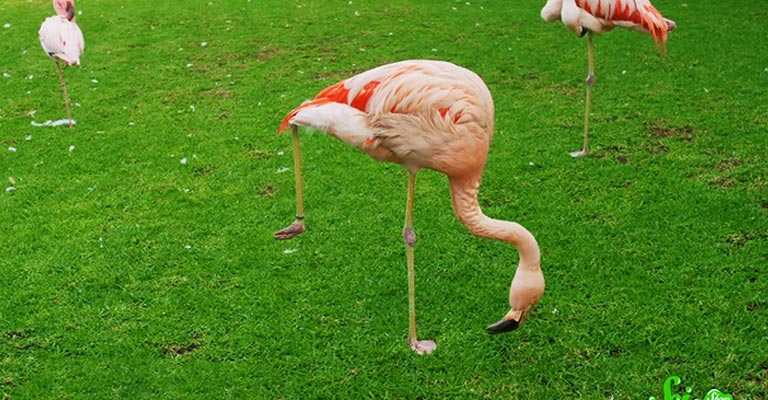
Why Do Birds Stand On One Leg?
There are various reasons behind a bird seen standing on one foot. The below points will give you an exact idea of it. Go through the below topics –
To keep legs and feets warm
In cold weather, birds can save their upper body part from the cold because they have feathers on the upper body. But they don’t have feathers on their legs and feet. On top of that, it’s terrible to bear the cold when they have long legs. So they tuck their one foot up.
To reduce muscle fatigue
Tucking a leg for a longer period is tiring, and it causes muscle fatigue in the birds. Hence, birds sometimes tuck one of their legs to let the other leg rest. When they think the tucked-up leg got sufficient rest, they keep it on the floor. Then tuck up the other leg if they need to rest it.
To protect them from predators
It is said that some birds tuck up one foot so that they can save themselves from predators. Standing on one leg is their way to camouflage to hide.
For instance, the leg of the flamingo’s leg is similar to the grassland. So when they keep one foot in the grassland, the grass and their legs will look alike. And the predators get confused.
Which Birds Can Stand On One Foot?
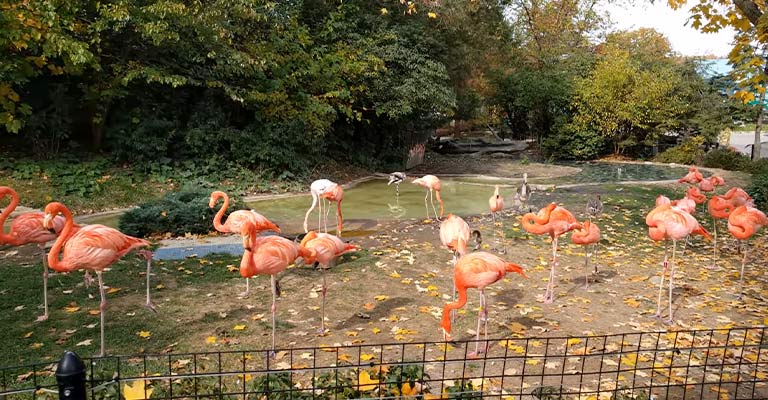
Many birds can stand on one leg/foot for a longer period. Below I will discuss some birds that stand on one leg-
Flamingoes
Flamingoes can stand on one foot. And they can stand to do it for a longer period of time. They do it for feeding, saving muscle from fatigue, or sleeping purposes.
Swans
Swans are one kind of bird that likes to stay warm during winter. So they tuck up one foot to reduce heat loss. They also have a mechanism called counter-current heat exchange, which helps them keep themselves cold.
Herons
Herons can stand tucking a leg for a longer period of time. They also use the counter-current heat exchange system to keep their leg warm. When they tuck up their leg, the portion is squished, so blood flow is reduced. As a result, they feel less cold.
Eagles
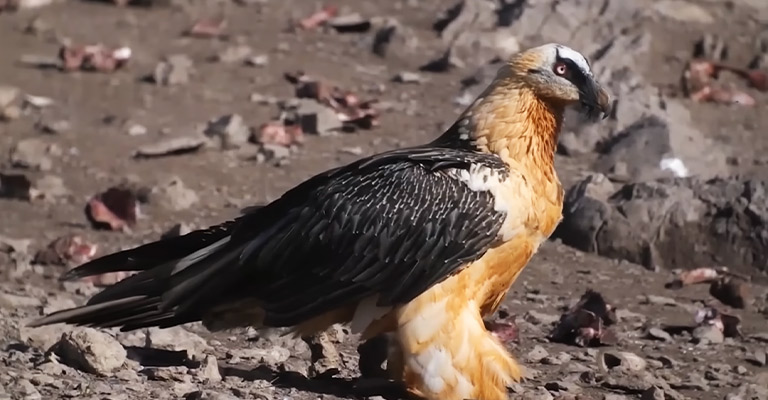
Eagles are seen standing on one of their legs because they feel cold in winter. So they cover their featherless part by tucking the leg up near their feathered part of the body.
Gulls
Gulls fold their one foot to stay warm. As they are mostly seen in the waterside or sea-shore, it’s hard for them to keep warm. That is because the waterside or seashore areas are windy. So, they tuck up their leg to protect them from the cold.
Sandpipers
Sandpipers tuck legs for various purposes. Mostly, they are known to tuck up their legs to give them a rest. But they tuck their leg up to keep the leg energy-efficient and reduce heat loss.
How Birds Balance Standing On One Foot?
Birds standing on one foot undoubtedly surprise us. So, how do birds balance standing on one foot? Know it through the below points –
- Birds have a balance sensor organ named the lumbosacral organ. This organ is located in the bird’s lower spinal cord. This balance sensor helps the bird to balance on one leg. So they don’t have to take whole body weight in one foot. Consequently, it’s easy for them to balance.
- When the birds tuck one leg up, the other leg locks itself in the position automatically because of its anatomical structure. So, unless they don’t keep the tucked leg on the floor, the other leg won’t move from its position.
- Their knee joint is in their body, in the middle of the femur and tibia. And the ankle joint is the lower leg part, which people think to be the ankle joint.
So, it also implies that they are carrying out their weight with the support of the body. Thus, it makes it easier for them to fold one of the legs.
When Do Birds Stand On One Foot?
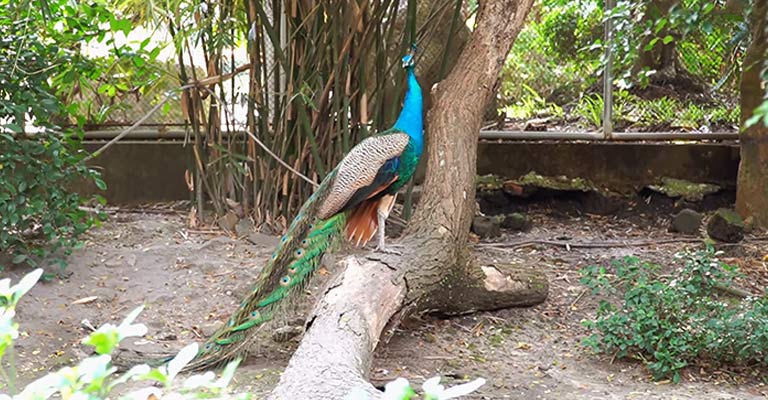
Birds tuck their one leg in the winter most. In winter, they feel cold in their featherless parts. The leg and feet are featherless, so when they feel cold, they tuck up one leg to stop the heat loss and want to stay warm.
Apart from cold weather, if you see them tucking up one leg in a sunny temperature, it would be for the other issues they are tucking one leg, such as camouflage and muscle fatigue.
Is It Hard For The Bird To Stand In One Leg?
No. Bird’s anatomy structure is built in such a way that they can balance standing on one of the legs. But sometimes, standing on one foot for a longer period can still be tiring for them.
So, in such a situation, they untuck the tucked leg after it got enough rest. Then they tuck the other tiring leg.
While doing this, they can easily tuck one leg for an extended period. It does not get hard for them to do so.
Can Birds Sleep Standing On One Leg?
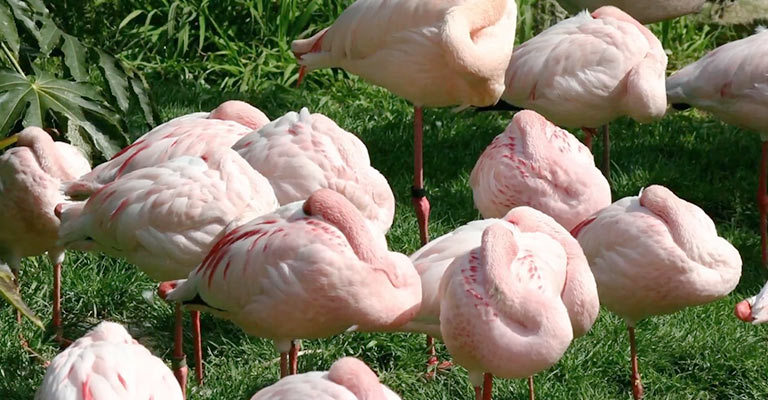
Yes. Birds sleep standing on one of their legs. They can balance their body even when they are sleeping. For instance, their body weight helps them to have a hold on the branch. So they can’t fall from the branch because the toes will have a tight hold on them.
Also, when they tuck up one leg, the other leg stays locked in position because of the structure they were made of. So when they sleep, they won’t lose their balance standing on one foot.
Conclusion
Put simply, birds tuck their leg to keep their leg warm. Sometimes tuck their leg to hide from predators or reduce muscle fatigue. While it can sometimes get tiring for them to stand on one of their legs. They can untuck the tucked leg and tuck the other leg so that the previously folded leg can rest.
This article discussed why birds stand on one leg in detail. So when you want to know why do birds stand on one leg, you know the answer clearly!